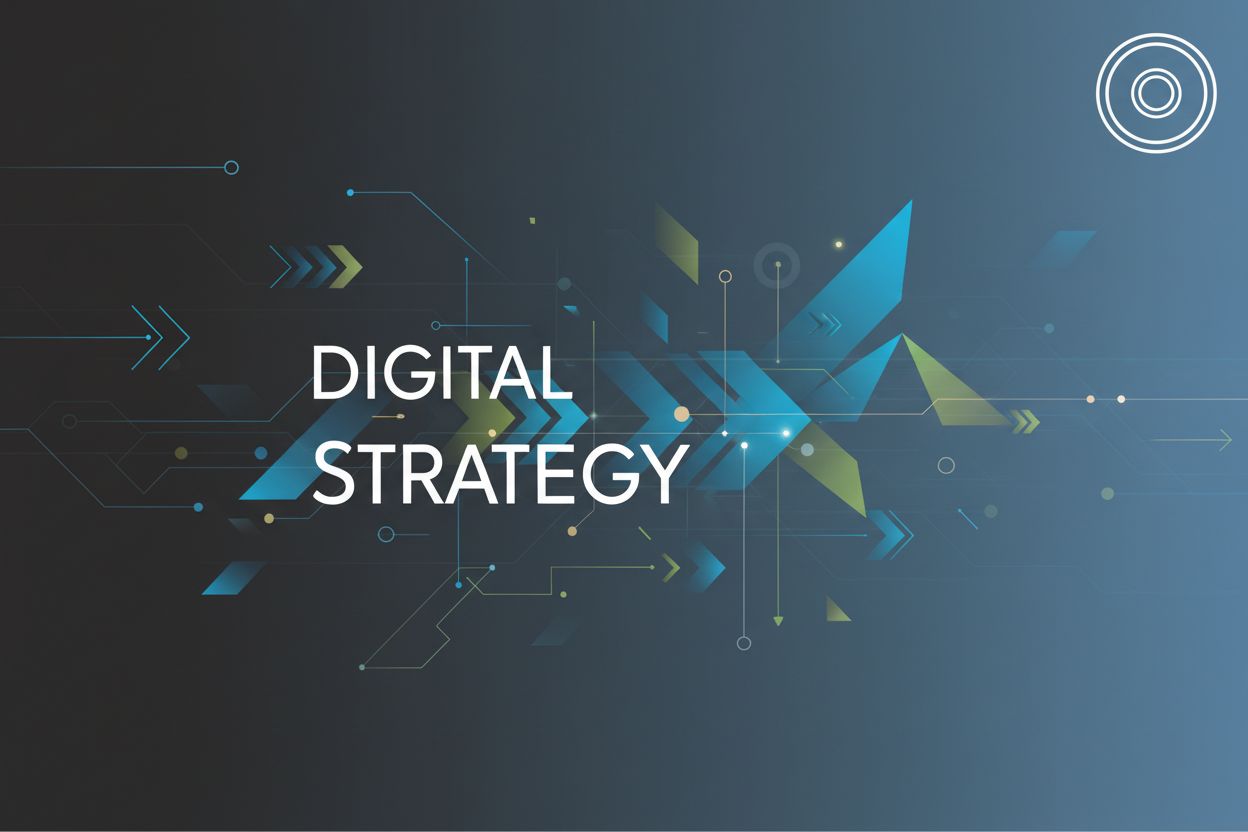Sustainable UX Design: A Strategic Imperative for Digital Transformation
TL;DR
The Rising Importance of Sustainable UX in Digital Strategy
Digital transformation demands a fresh perspective. Are your digital strategies truly sustainable? Sustainable UX design is emerging as a critical component.
- It emphasizes minimizing environmental impact and resource consumption.
- Balances user needs with ecological responsibility.
- Integrates sustainability into core business values.
As Extentia notes, it benefits both people and the planet. Let's explore what sustainable UX entails.
Core Principles of Sustainable UX Design
Sustainable UX design isn't just a trend; it's a responsibility. How can we design digital experiences that minimize environmental impact while maximizing user satisfaction?
Several core principles guide this approach:
- Efficiency and Minimalism: Reduce server requests and simplify user tasks to conserve energy. Minimalist designs decrease page load times and cognitive load. For example, a healthcare app could streamline appointment scheduling to reduce data processing.
- Accessibility and Inclusivity: Ensure usability for all users, including those with disabilities. This maximizes a product's utility and longevity, as DesignLab explains. Consider diverse cultural contexts to ensure sustainable practices are widely adopted.
- Lifecycle Thinking: Design for durability and adaptability, planning for updates without complete redesigns. This reduces the need for frequent overhauls. Easy data migration also ensures a longer lifecycle for digital products.
- Renewable and Recyclable Resources: Advocate for renewable or recyclable materials in hardware. Promote renewable energy sources in data centers to reduce the carbon footprint of digital operations.
By integrating these principles, designers can improve user experience and contribute to a more sustainable future. Shifting our focus to the next principle, let's explore the importance of lifecycle thinking in sustainable UX design.
Strategies for Implementing Sustainable UX
Did you know that inefficient code not only slows down websites but also increases energy consumption? Optimizing resource use is a key strategy for implementing sustainable UX. It's about making digital experiences lighter and more efficient.
Writing clean, efficient code reduces the computational resources needed. This minimizes energy consumption. Optimizing images and assets ensures faster loading and less bandwidth usage.
- Example: Google's Accelerated Mobile Pages (AMP) project aims to make websites load faster, especially on mobile devices. This enhances user experience and reduces energy consumption. Faster loading results in less data and power usage.
Optimizing images is another important aspect. Compressing them, using lazy loading, and modern formats like WebP makes a big difference.
- A 2024 study by DesignLab highlights the importance of minimalist design in reducing clutter, page load times, and energy consumption.
Adopting these strategies optimizes resource use, contributing to sustainable UX. Next, we'll explore how to reduce digital waste.
Overcoming Challenges and Considerations
Navigating sustainable UX isn't always smooth. Technical, behavioral, and economic factors can present hurdles.
- Technical limitations: Balancing energy use with product performance requires innovation.
- User adoption: Resistance to change can be overcome through education.
- Economic factors: Initial costs for greener tech may deter businesses.
Addressing these challenges is vital for successful, sustainable digital transformation.
Measuring the Impact of Sustainable UX
How can we tell if our sustainable UX efforts are paying off? Measuring the impact involves tracking specific metrics and using the right tools to gauge our progress.
Reduction in energy consumption: Monitor website and app energy use to see how optimizations affect power consumption.
Improved user engagement with sustainable features: Track how users interact with eco-friendly options, revealing their appeal.
Positive brand perception and loyalty: Gauge how sustainability initiatives shape brand image and customer allegiance.
Website Carbon Calculator: Determine a website's carbon footprint by analyzing data transfer, server energy use, and page views.
Google PageSpeed Insights: Assess website speed and performance. Faster-loading sites reduce energy consumption.
User feedback and surveys: Gather user opinions on sustainable features and their impact.
By measuring these metrics, brands can refine their sustainable UX strategies. Thinking about the future, what innovations will further drive sustainable UX?
Conclusion: Designing for a Sustainable Future
The digital world's impact is undeniable. Can sustainable UX design truly make a difference? It's about weaving environmental responsibility into every digital interaction.
Key aspects include:
- Responsible design choices: Embrace practices that minimize environmental harm.
- Integrated product development: Prioritize sustainability from the start.
- Positive impact: Strive for UX that benefits both users and the planet.




